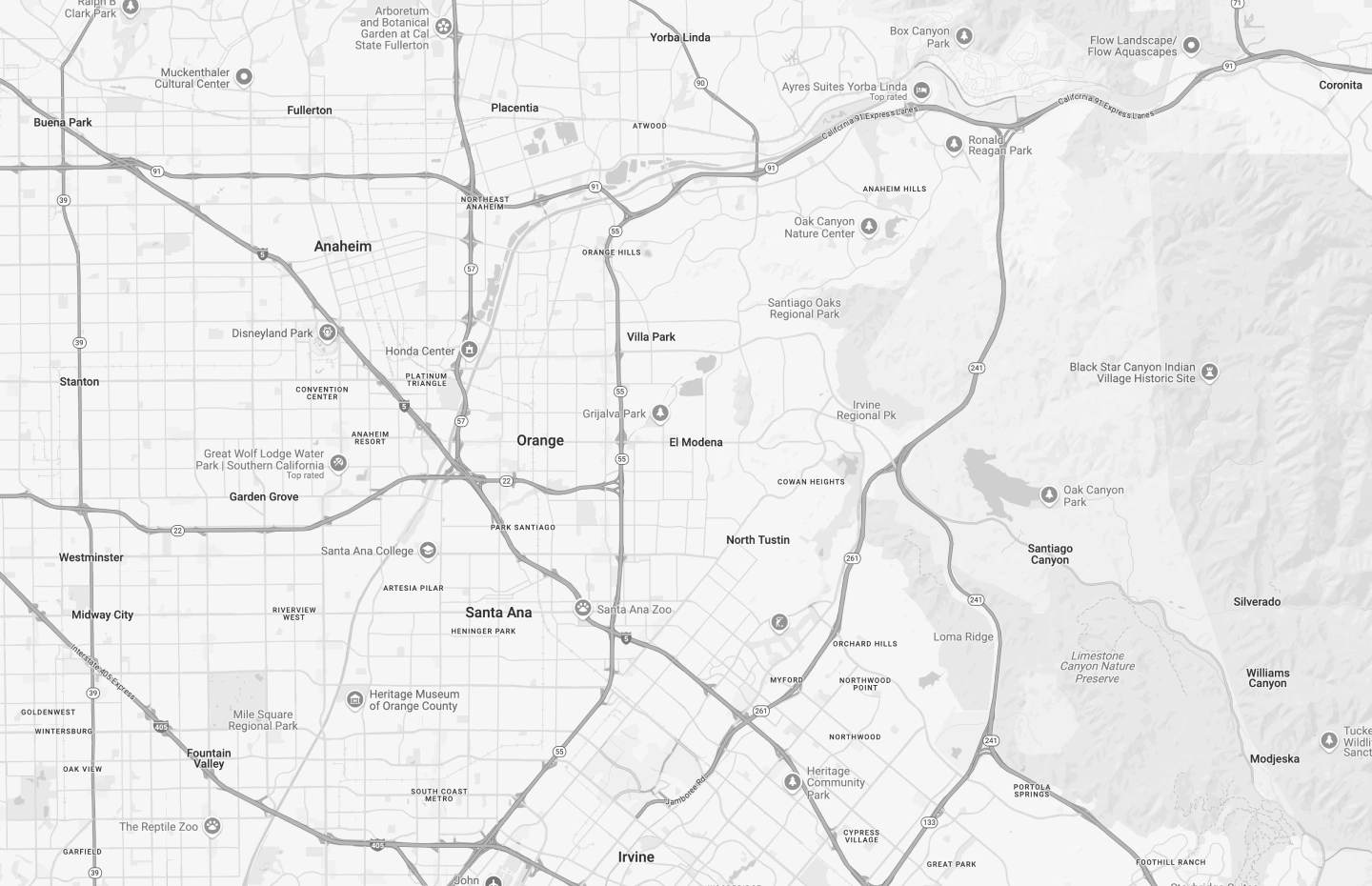Liver cancer affects more than 42,000 U.S. adults each year. If you’ve been diagnosed with liver cancer and are looking for treatment options that control tumor growth without invasive surgery, we can help. At the Orange County Interventional Radiology Center in Irvine, Lake Forest and Mission Viejo, our experienced interventional radiologists provide innovative embolization techniques that can effectively target liver tumors while minimizing discomfort and downtime.
Book Appointment
Liver Embolization

What Is Liver Embolization?
Liver embolization is a minimally invasive procedure that intentionally blocks the blood vessels supplying tumors in the liver. The liver has two blood supplies — most normal liver cells receive blood from the portal vein, while cancer in the liver is mainly fed by the hepatic artery. By blocking specific branches of the hepatic artery that feed the tumor, we can effectively kill cancer cells while leaving most healthy liver tissue unharmed.
This technique is particularly valuable for those with liver tumors that cannot be surgically removed due to their health status or tumor size and location. Our interventional radiologists perform several types of liver embolization procedures to meet each patient’s unique needs.

How Does Liver Embolization Work?
During liver embolization, our specialists use advanced imaging guidance to place a thin, flexible catheter into an artery through a small incision. The catheter is carefully guided through the blood vessels and positioned in the hepatic artery that feeds liver tumors. Once perfectly positioned, embolizing agents are injected to block blood flow to the tumor.
The embolizing agents are tiny particles made from hydrogels or beads that may contain chemotherapy or radiopharmaceuticals. They travel through the bloodstream until they lodge in the vessels within the target tissue, cutting off the blood supply. Without adequate blood flow, the tumor tissue is deprived of oxygen, causing it to shrink or, in some cases, disappear entirely.
At the Orange County Interventional Radiology Center, we tailor our approach to each patient, offering different types of liver embolization based on their health and the size, location or number of tumors.
Types of Liver Embolization
Book AppointmentTransarterial Embolization (TAE)
Transarterial embolization uses embolic agents to block the blood supply to the tumor. This approach has proven effective for certain liver tumors, and studies have shown that for some liver cancers, adding chemotherapy doesn’t improve outcomes compared to TAE alone. It also avoids potential side effects and arterial scarring that can occur with chemotherapy agents.
Transartieral Chemoembolization (TACE)
Transarterial chemoembolization combines embolization with chemotherapy drugs. This dual-action approach starves the tumor of oxygen and nutrients needed for growth while delivering cancer-fighting drugs where they’re needed most. Your doctor may recommend using TACE as a standalone therapy to control tumor growth or combining it with other treatments.
Y90 Transartieral Radioembolization (TARE)
For patients who are good candidates, we also offer Y90 radioembolization, a procedure that uses tiny radioactive beads (loaded with yttrium-90 or Y90) to deliver a very high dose of radiation directly to the tumor’s blood supply. These beads stay close to the tumor, so the radiation only affects the immediate tumor area, minimizing damage to healthy liver tissue.

Ideal Candidates for Liver Embolization
Liver embolization may be recommended for patients who:
- Have primary liver tumors (such as hepatocellular carcinoma) or metastatic tumors that have spread to the liver
- Cannot undergo surgical removal of tumors due to size, location or overall health
- Have tumors that may be too large for ablation therapy alone
- Need treatment while waiting for a liver transplant
- Require relief from symptoms caused by liver tumors
- Have adequate liver function to tolerate the procedure
Our interventional radiologists will thoroughly evaluate your specific condition and medical history to determine if liver embolization is right for you.

What to Expect During Treatment
Liver embolization is typically performed on an outpatient basis at our state-of-the-art facilities in Orange County. The procedure generally takes one to three hours to complete, though this can vary depending on the complexity of treatment and the number of tumors being targeted.
Before the procedure, you’ll receive medication to keep you comfortable, and local anesthesia is used at the catheter insertion site. Throughout the procedure, our interventional radiologists use real-time imaging to guide the catheter precisely to the target area.
Once the embolizing agents are delivered, the catheter is removed, and pressure is applied to the insertion site to prevent bleeding. Most patients can return home later the same day.

Liver Embolization Recovery
Healing from liver embolization varies from patient to patient, with complete recovery taking several weeks in some cases. After the procedure, you may experience what’s known as “post-embolization syndrome,” which can include pain, nausea, fever and fatigue. These symptoms are normal and typically respond well to medication.
Our team will provide detailed instructions for your recovery period and schedule follow-up appointments to monitor your progress. Most patients can resume normal activities within a few days, though strenuous exercise should be avoided for a period determined by your doctor.
Follow-up imaging studies will be performed to assess how effectively the treatment targeted the tumor and determine if additional treatments are needed.
Why Choose OCIR
At the Orange County Interventional Radiology Center, our experienced interventional radiologists are leaders in advanced, minimally invasive treatments for liver tumors. When you choose us for your liver embolization procedure, you benefit from:
- Specialists who have performed numerous successful liver embolization procedures
- State-of-the-art facilities equipped with the latest imaging and interventional technology
- A patient-centered approach that prioritizes your comfort and understanding
- Collaborative care with other specialists involved in your treatment
- Convenient locations in Lake Forest, Mission Viejo and Irvine
- Minimal downtime and faster recovery compared to traditional surgical approaches

Take the First Step Toward Relief
If you’ve been diagnosed with liver tumors and want to learn more about minimally invasive treatment options, contact the Orange County Interventional Radiology Center today. Our team is ready to help you understand your options and develop a personalized treatment plan.
Call us at (949) 317-1633 or complete our online form to schedule a consultation and take the first step toward innovative, effective treatment for liver tumors.
FAQ'S
Got Questions? We Have Answers
Is liver embolization painful?
Most patients experience some discomfort during recovery, but the procedure itself is performed under local anesthesia and sedation to minimize pain. Any post-procedure discomfort can typically be managed effectively with medication.
How will I know if the treatment was successful?
Follow-up imaging studies, typically performed four to eight weeks after the procedure, will show how the tumor has responded to treatment. Your doctor will review these results with you and discuss next steps.
Can liver embolization be combined with other treatments?
Yes, liver embolization can be effectively combined with other treatments like radiofrequency ablation to help control tumor growth. This combination approach is often used for tumors that are larger than what could be treated with ablation alone.
How many embolization treatments will I need?
The number of treatments depends on your specific condition, as well as tumor size, location and response to initial treatment. Some patients achieve their treatment goals with a single procedure, while others may benefit from multiple sessions.
What are the risks of liver embolization?
While generally safe, potential risks and side effects include bleeding, infection, damage to the blood vessels, pain, nausea, and, in rare cases, liver damage. Your doctor will discuss all potential risks and benefits based on your specific situation.


Our Locations
Three Locations, One Commitment: Your Care
Lake Forest
29300 Portola Parkway, Suite B
Lake Forest, CA 92630
Toll Free: (800) 267-5677
Hours of Operation
Monday: 8:00 AM – 5:00 PM
Tuesday: 8:00 AM – 5:00 PM
Wednesday: 8:00 AM – 5:00 PM
Thursday: 8:00 AM – 5:00 PM
Friday: 8:00 AM – 5:00 PM
Saturday: Closed
Sunday: Closed
Mission Viejo
26921 Crown Valley Parkway, #120
Mission Viejo, CA 92691
Toll Free: (800) 267-5677
Hours of Operation
Monday: 8:00 AM – 5:00 PM
Tuesday: 8:00 AM – 5:00 PM
Wednesday: 8:00 AM – 5:00 PM
Thursday: 8:00 AM – 5:00 PM
Friday: 8:00 AM – 5:00 PM
Saturday: Closed
Sunday: Closed
Irvine
18102 Sky Park Circle South, Suite D
Irvine, CA 92614
Toll Free: (800) 267-5677
Hours of Operation
Monday: 8:00 AM – 5:00 PM
Tuesday: 8:00 AM – 5:00 PM
Wednesday: 8:00 AM – 5:00 PM
Thursday: 8:00 AM – 5:00 PM
Friday: 8:00 AM – 5:00 PM
Saturday: Closed
Sunday: Closed